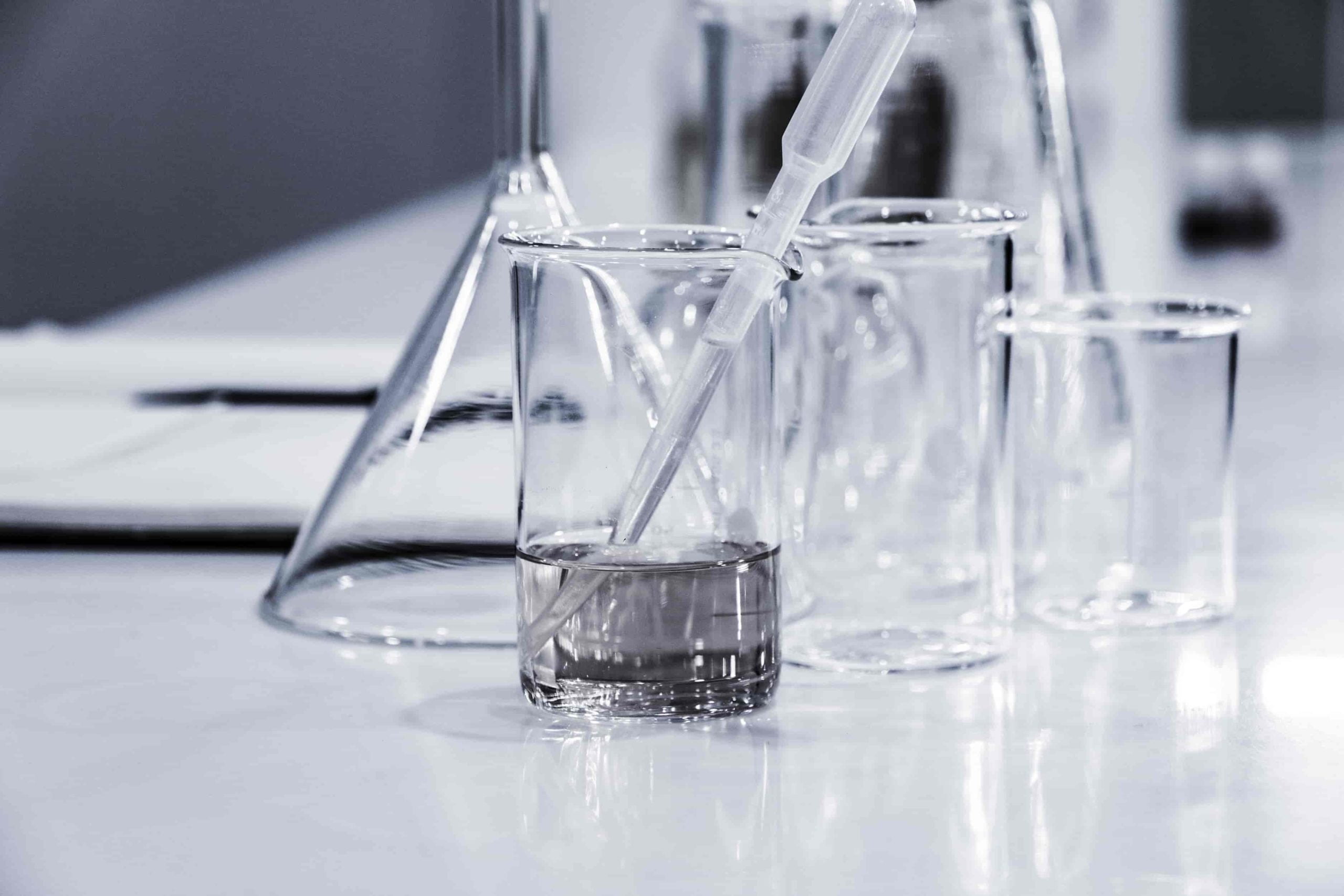Salicylic acid is an ingredient commonly used in acne treatments, but actually it has more uses and benefits than people can imagine, it is ideal for treating many skin conditions ranging from wrinkles to blemishes.
What is salicylic acid?
Salicylic acid is a type of acid which belongs to the group of BHA (Beta hydroxy acid), BHAs are soluble in fat, which means that unlike other types of acids these can penetrate more easily inside the pores producing an effective exfoliation preventing pores from clogging and unclogging them.
Salicylic acid has a keratolytic action, it removes part of the skin keratin by regulating the keratinization process (process by which keratin is created), this makes the flakes to come off more easily and the skin renewal cycle becomes faster. It is also able to increase the skin hydration.
BHA acids produce less sensitivity to the sun than other types of acids but that doesn’t mean that you should stop using sunscreen.
The concentration of salicylic acid normally used in cosmetics is usually between 0.5% and 2%.
What are the benefits of salicylic acid?
It can get rid of blackheads and sebaceous filaments
Salicylic acid is oil-soluble and is able to penetrate inside the pores and unclog them, and thanks to its exfoliation capacity it can reduce the number of blackheads and pimples if it is used constantly for a few weeks.
It can deal with acne
As salicylic acid is soluble in fats, it is capable of penetrating inside the pore and unclog it, furthermore it is keratolytic and comedolytic so it causes an exfoliation on the skin surface and thanks to its anti-inflammatory and antibacterial properties it is one of the biggest acne enemies.
There are studies that claim that skin application of salicylic acid has a light to moderate activity against acne vulgaris. One study even claims that its activity is comparable to benzoyl peroxide (One of the best treatments for acne).
Since salicylic acid antibacterial activity is light and acne could be produced due to different causes, it is not the most suitable treatment for severe acne, although it could definitely improve mild acne and some cases of moderate acne whose main cause factor is pore obstruction.
It can treat skin spots and hyperpigmentation
It is able to reduce skin spots and brighten skin tone due to the fact that during the skin exfoliation pigmented cells are eliminated.
Clarify that, although it is able to get rid of some pigmented cells, by itself it can’t reduce melanin because it has no melanin inhibitory effects.
It can remove warts
Applying salicylic acid on warts for a few days can completely eliminate them.
It works by exfoliating the wart skin layers until it ends up disappearing.
Because salicylic acid concentrations in wart removal products are high and they range from 15% to 40%, they should not be used on the face or genital area.
It can soften wrinkles and skin texture
Due to the exfoliation that it produces it is perfect to get rid of the small wrinkles and soften the skin texture, it is also able to increase collagen synthesis.
It helps with dandruff
Allowing a shampoo that cointains salicylic acid to take action for a few minutes before rinsing off can reduce dandruff. Studies have shown that salicylic acid is effective against dandruff, as it helps skin flakes to come off faster and has some antifungal action against certain types of fungi (fungi are one of the main dandruff causes).
Salicylic acid side effects
Although it is suitable for sensitive skin, sometimes it can produce some side effects, the most common are:
- Skin itching and irritation.
- Skin flaking.
- Skin lighting.
- Dry skin.
If you are allergic to aspirin (acetylsalicylic acid) you should not use salicylic acid, since both belong to the group of salicylates so it could cause an allergy reaction.
How to choose a good salicylic acid product?
In order to make salicylic acid work properly and to take its full advantages, the pH of the product must be between 3 and 4, if the pH is not in that range the product will be less effective or it directly will not work.
As a matter of fact, most creams and cosmetics that use salicylic acid do not work or have a very mild action, this is because they are not properly formulated, so many people do not get the expected results, however when using a well-formulated product the skin changes can be seen after a few days.
Most brands do not indicate the pH of their products so it is difficult to know if they will be effective, although there are many brands with a very good reputation that shows their products pH and have several products with salicylic acid for sale that are correctly formulated.
How to use salicylic acid?
It will be better if you introduce it slowly into your routine, you shouldn’t start using it daily from the first day as this will prevent the skin from getting irritated.
You can increase the number of applications as the weeks go by if you see that your skin is tolerating it well. It is possible to use it up to twice times a day.
During the first month of use it is normal to see some pimples, this is because exfoliating skin layers causes many of trapped imperfectionsin inside the pores to emerge faster (purging phase).
How to include salicylic acid in your routine
First step will always be cleansing your skin, after this apply the toners in case you use them and when the toners have dried apply salicylic acid.
AsI have said before, since salicylic acid depends on the pH, it is better to wait for about 20 to 30 minutes before applying any serum, moisturizer or another product, since if they have different pH it could interfere and decrease salicylic acid effects (Although this has not been proven yet).

